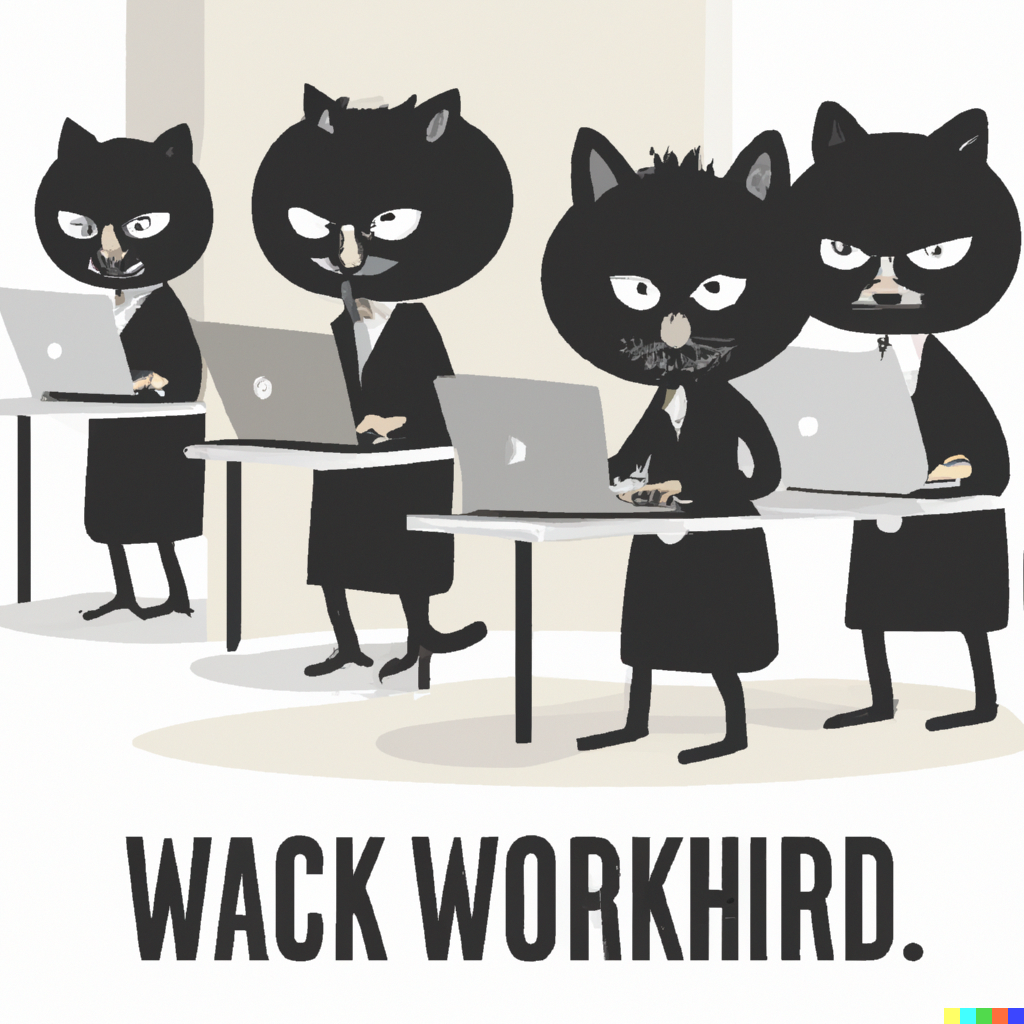
I recently spent a few weeks working with an AI to try and create a way of working for the Exec team. One that had the advantages of Agile, but that acknowledged that only 30% of our work is planned. We looked at all the books the AI had read and tried to synthesise (or synthesize as the AI would have it) a new solution.
We implemented it a couple of weeks ago and so far it’s been very promising. We get more done and we're more aware of what's going on.
But the biggest impact has been from what we’re calling Living Information. This is the idea that knowledge should automatically seek out the people who need to be aware of it. We no longer have any meetings, other than stand ups, that are designed to share information. The information shares itself. We meet to share opinion and interpretation. This has made a real difference.
Below is a blog-like summary of the solution we came up with - I asked the AI to do it so the writing is disgusting. The first sentence is just an atrocious chutney of ‘Work as Warfare’ lad-speak, so don’t say I didn't warn you.
In today's fast-paced business world, executives need to be able to make quick decisions and adapt to change (see what I mean????). However, traditional methods of executive oversight can be slow and inefficient.
A new way of working is proposed below that aims to provide meaningful oversight and remove the need for update-only meetings. It borrows heavily from Agile methodologies and relies on AI technology to capture and disseminate information.
The emphasis moves from meeting to discuss facts, to meeting to discuss our interpretation of, and response to, those facts.
The new way of working is based on a quarterly planning cycle. At the beginning of each quarter, the executive team meets to agree on four strategic goals. These goals are then broken down into epics and stories, which are collectively pointed. This creates the strategic backlog.
Ideas for strategic epics can be added to the proposed section of the epics board by anyone at any time.
Once the strategic backlog is established, the executive team meets weekly to plan their work. At these meetings, they add any sales, client, or BAU stories (self-pointed) into the backlog that they wish to address that week or in the future. This is the tactical backlog.
Each morning, there is an exec standup where the team tracks their individual performance against the points they have committed to. Each exec gives an update on their stories and what they intend to achieve that day.
Each time a story is done and points are earned, an automatic Slack notification tells the team so they can celebrate.
Every standup is automatically minuted by an AI application and meeting notes are automatically sent to all attendees. This covers everyone's updates, any blockers, and decisions made. This summary is sent to the chair every day.
Every Friday afternoon, the exec team meets to review the week. Stories that were mis-estimated can be retrospectively adjusted. The minutes of this meeting, along with the personal updates, final velocity, burndown, and EBITDA projection, make up the weekly report. This report is shared with the chair.
Each week, the chair and the CEO have a call or meeting to discuss progress through the month towards quarterly goals.
There are several benefits to this new way of working. First, it allows for more meaningful oversight. By tracking progress against strategic goals in real-time, executives can see how the company is performing and make adjustments as needed.
Second, it reduces the need for update-only meetings. With the AI-powered meeting minutes, executives can stay up-to-date on progress without having to attend long, unproductive meetings.
Third, it promotes collaboration. By breaking down goals into epics and stories, the team can work together to achieve common objectives.
Fourth, it encourages transparency. With all of the information being tracked in real-time, everyone on the team is aware of what's going on. This helps to build trust and accountability.
The new way of working is a promising approach to executive oversight. It is more efficient, more transparent, and more collaborative than traditional methods. If you are looking for a way to improve the way your executive team works, I encourage you to consider this new approach.
I'm curious to hear your thoughts on this new way of working. Do you think it would be effective in your organization? What are some of the challenges you would face in implementing it?
Please leave a comment below and let me know what you think.